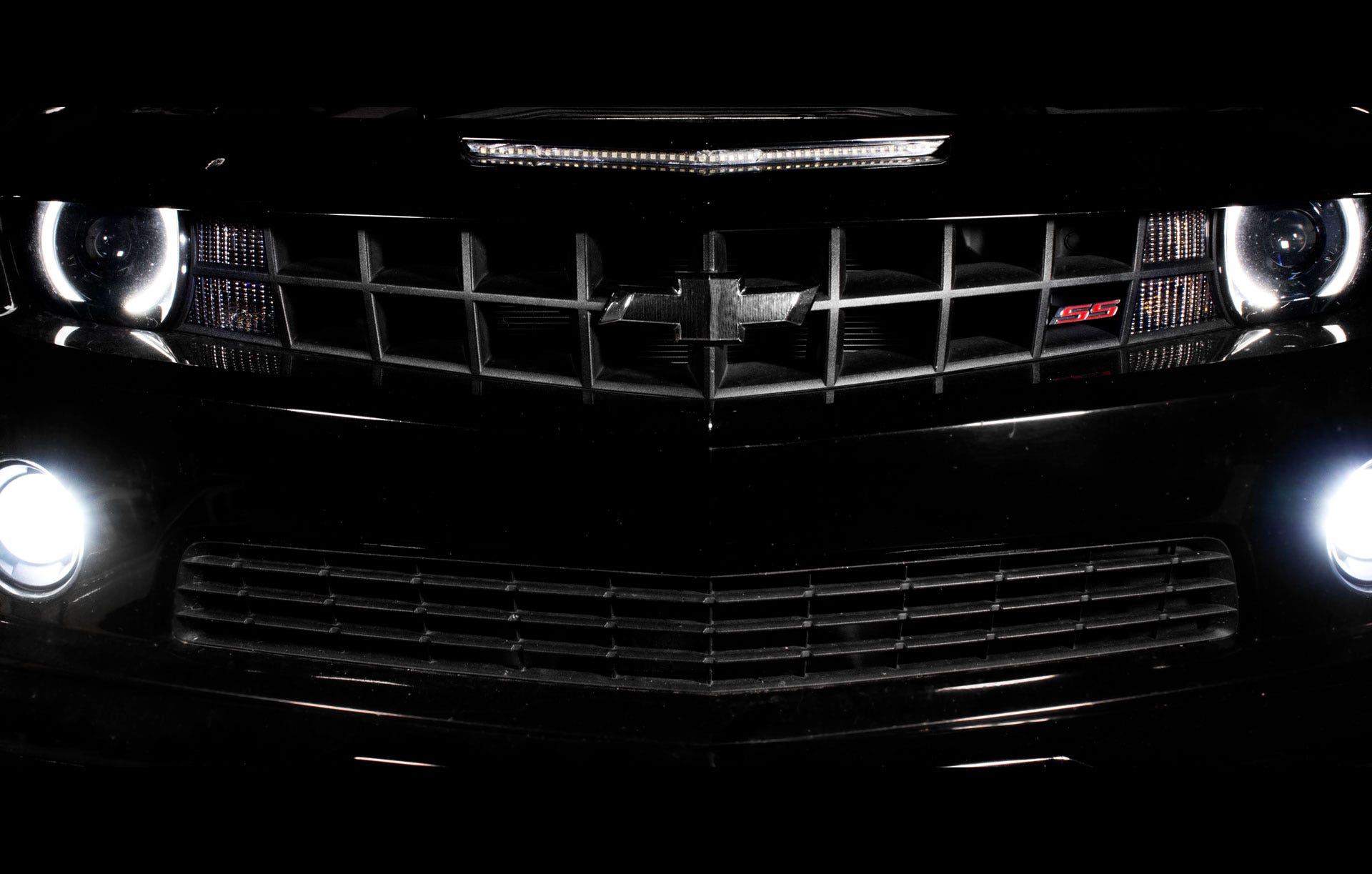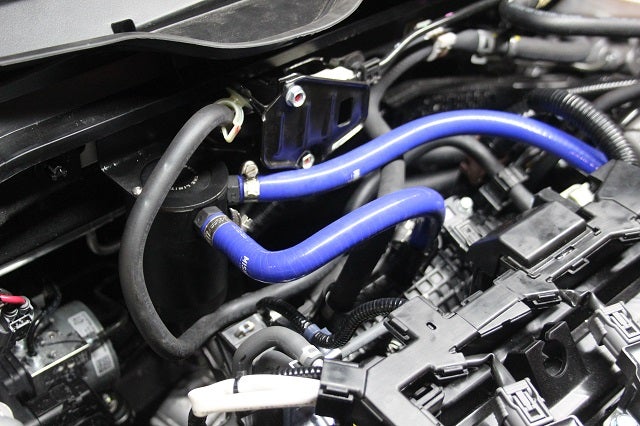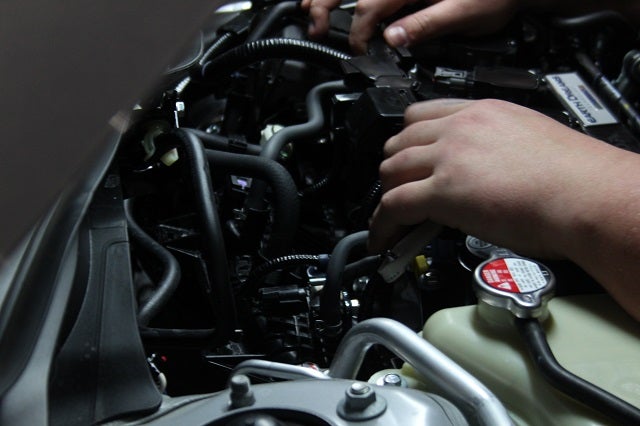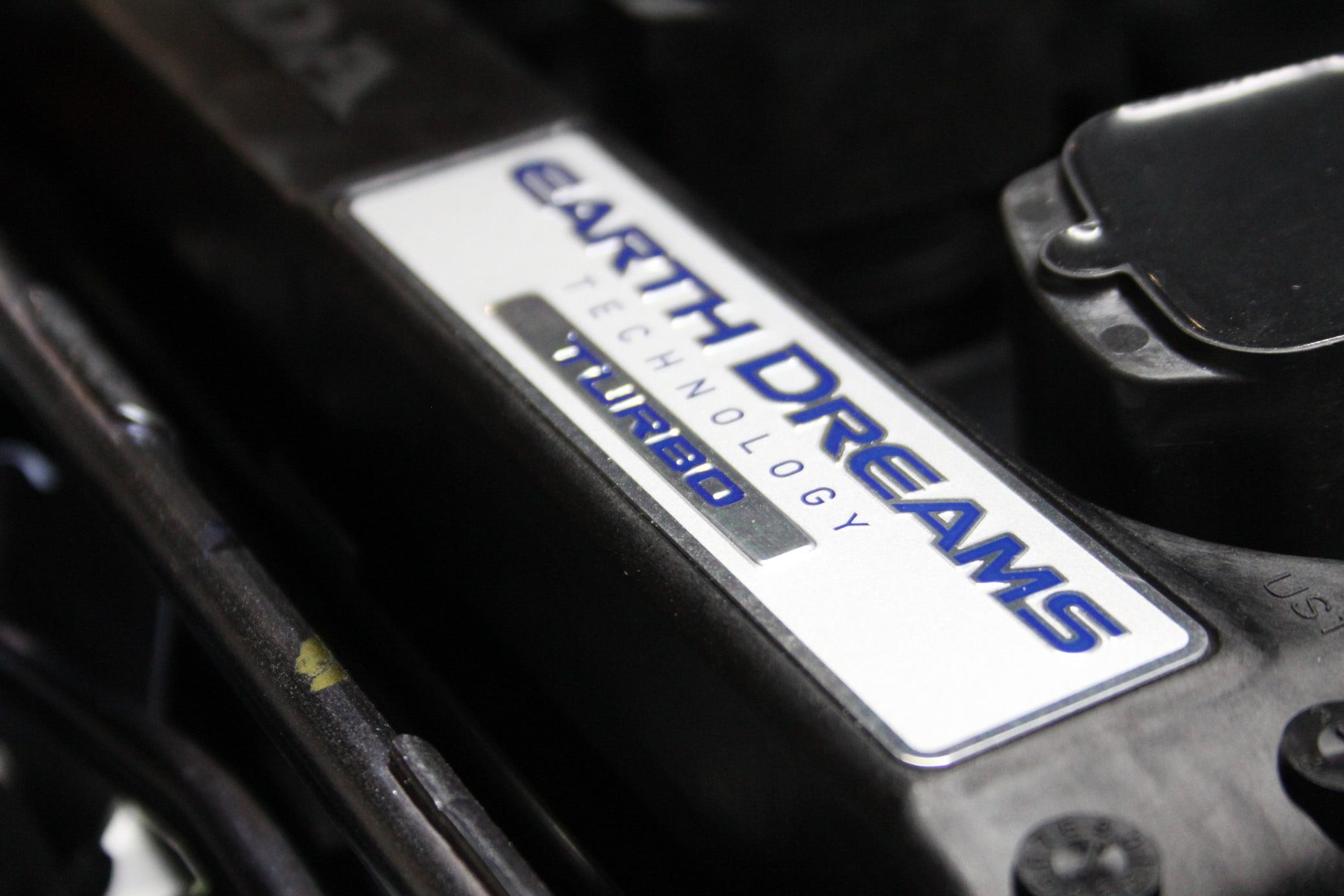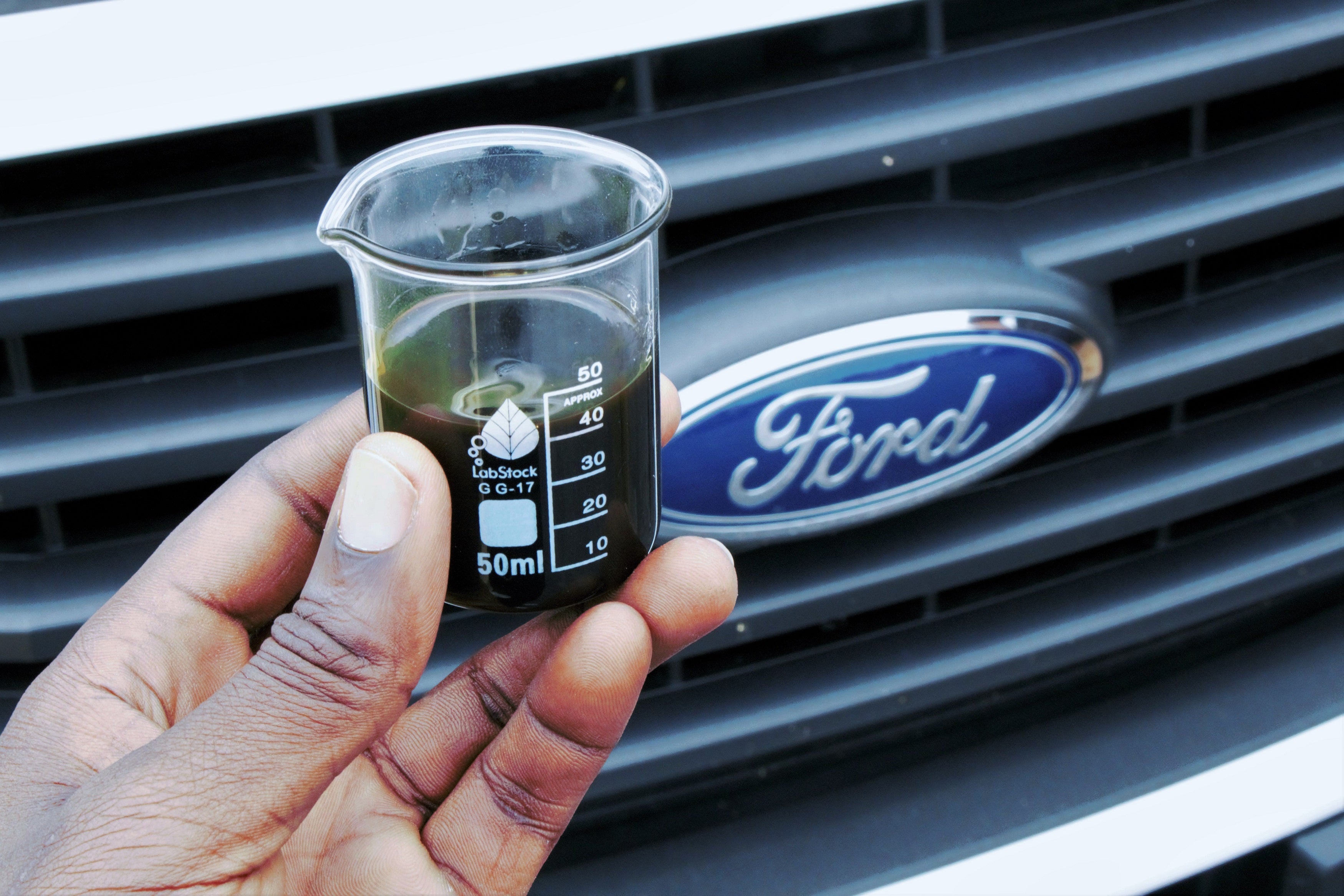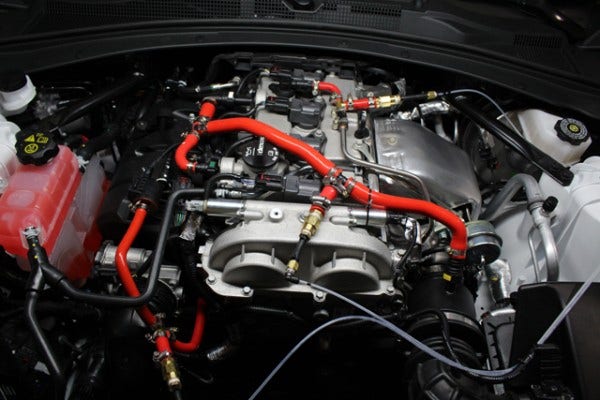Success in engineering is rarely the result of one attempt. Our products go through revision after revision before they ever see the light of day (or darkness of your engine bay). This goes for complex products, like oil cooler systems and intercoolers, to seemingly simple catch can brackets. Our engineers must consider every situation that could occur in a vehicle, then design our products to handle them. The development process for our 5th Gen Camaro SS direct-fit oil catch can is no exception to that rule.
Success is also rarely the product of one person's efforts. Teamwork plays a major role in every product here at Mishimoto. From conception to release, our projects are touched by just about every Mishimoto employee. When it comes to designing and developing a catch can kit, more ideas create a better product. That's why our engineer, Jason, brought in one of our draftsmen, Josh, to help with this kit's design.
This wasn't Josh's first time designing a product, however.
